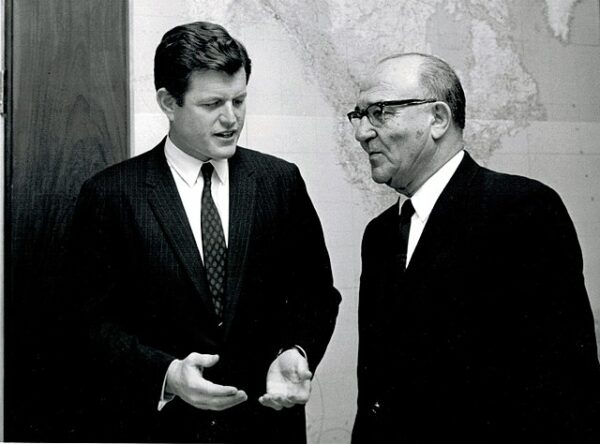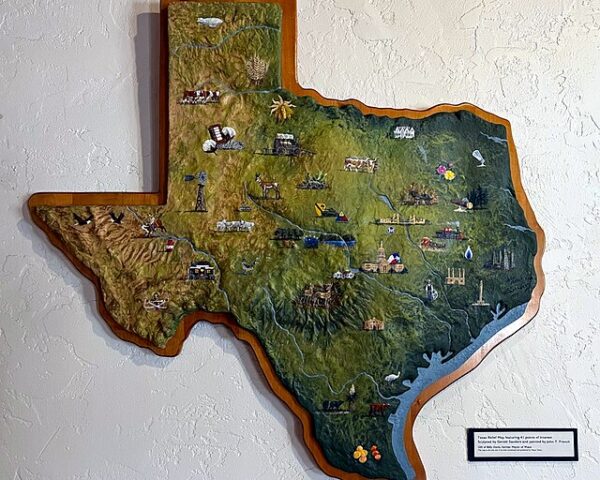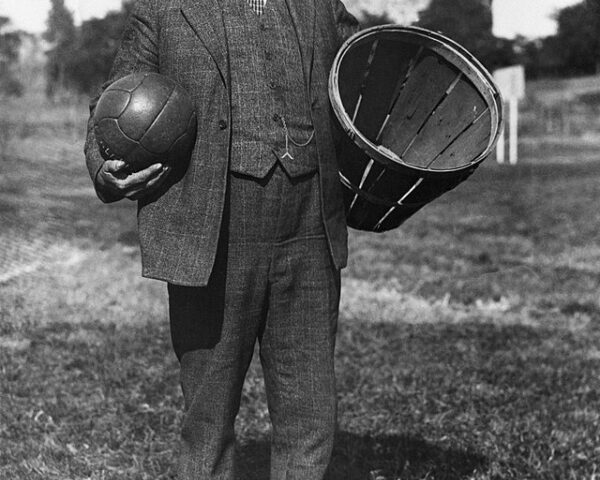The Chappaquiddick incident, a tragic and controversial event in American political history, occurred on the night of July 18, 1969, on Chappaquiddick Island, Massachusetts. This incident involved Senator Edward “Ted” Kennedy, the youngest brother of President John F. Kennedy and Senator Robert F. Kennedy, both of whom had been assassinated in the 1960s. The incident not only resulted in the death of Mary Jo Kopechne, a 28-year-old campaign strategist but also cast a long shadow over Ted Kennedy’s political career and aspirations.
On the evening of July 18, Ted Kennedy attended a party on Chappaquiddick Island, which was a reunion for the “Boiler Room Girls,” a group of six women who had worked on Robert F. Kennedy’s 1968 presidential campaign. Mary Jo Kopechne was one of these women. According to Kennedy’s account, he left the party with Kopechne around 11:15 PM, intending to drive her to the ferry landing so she could return to her hotel. However, Kennedy took a wrong turn onto a narrow, unlit dirt road that led to Dike Bridge, a wooden structure without guardrails.
Kennedy’s car veered off the bridge and plunged into Poucha Pond, landing upside down in the water. Kennedy managed to escape the submerged vehicle, but Kopechne was trapped inside. Kennedy later claimed that he repeatedly dove into the water in an attempt to rescue her but was unsuccessful. In a state of shock and confusion, he walked back to the cottage where the party was held, passing several houses along the way without seeking help. Upon reaching the cottage, he enlisted the help of his cousin, Joseph Gargan, and a friend, Paul Markham, both of whom returned to the scene with him and made further unsuccessful attempts to rescue Kopechne.
Despite the dire situation, Kennedy did not report the accident to authorities until the following morning, approximately ten hours after the incident. Instead, he returned to his hotel, made several phone calls, and even appeared composed when he encountered other guests. The delay in reporting the accident raised significant questions and suspicions about Kennedy’s actions and intentions. When the car was finally discovered by local authorities, Kopechne’s body was still inside, and it was determined that she had died from drowning.
The incident quickly became a national scandal, with intense media scrutiny and public outrage. Kennedy’s explanation of the events was met with skepticism, and many speculated that he had been driving under the influence of alcohol or that he had engaged in some form of misconduct. The fact that he had not immediately sought help or reported the accident further fueled these suspicions. In a televised statement on July 25, 1969, Kennedy admitted to his failure to report the accident promptly and expressed remorse for his actions. He also stated that he did not believe he was intoxicated at the time of the accident.
Despite the controversy, Kennedy was charged only with leaving the scene of an accident, a misdemeanor, to which he pleaded guilty. He received a two-month suspended jail sentence and his driver’s license was suspended for a year. The leniency of the legal consequences led to widespread criticism and allegations of preferential treatment due to his political status and family connections.
The Chappaquiddick incident had a profound impact on Kennedy’s political career. Although he was re-elected to the Senate in 1970 and continued to serve for several more decades, the incident effectively ended any realistic prospects he had for a presidential run. The shadow of Chappaquiddick loomed large over his public life, and it became a defining moment in his legacy.






